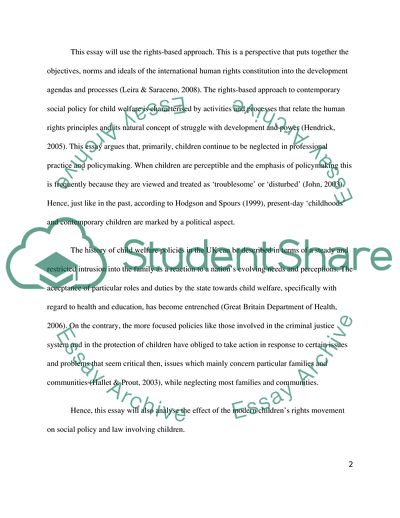Cite this document
(The Politics of Social Policy Essay Example | Topics and Well Written Essays - 2500 words, n.d.)
The Politics of Social Policy Essay Example | Topics and Well Written Essays - 2500 words. https://studentshare.org/sociology/1833859-the-politics-of-social-policy
The Politics of Social Policy Essay Example | Topics and Well Written Essays - 2500 words. https://studentshare.org/sociology/1833859-the-politics-of-social-policy
(The Politics of Social Policy Essay Example | Topics and Well Written Essays - 2500 Words)
The Politics of Social Policy Essay Example | Topics and Well Written Essays - 2500 Words. https://studentshare.org/sociology/1833859-the-politics-of-social-policy.
The Politics of Social Policy Essay Example | Topics and Well Written Essays - 2500 Words. https://studentshare.org/sociology/1833859-the-politics-of-social-policy.
“The Politics of Social Policy Essay Example | Topics and Well Written Essays - 2500 Words”. https://studentshare.org/sociology/1833859-the-politics-of-social-policy.


